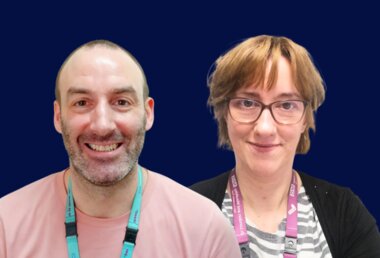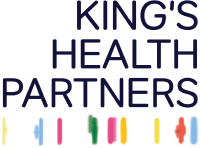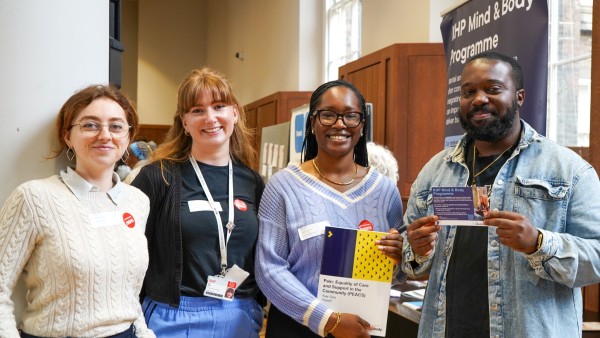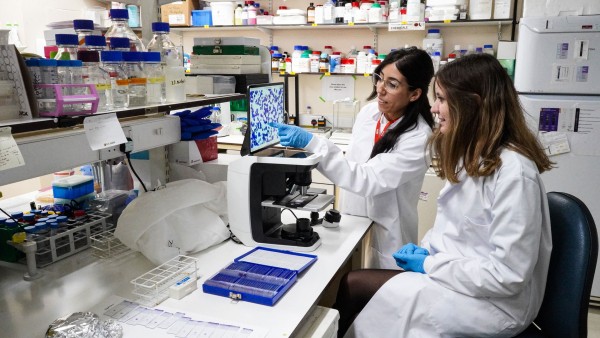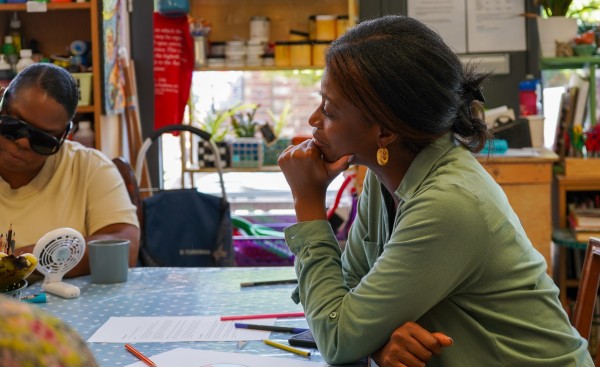10 April 2024
Of the 290,635 adults who were in contact with drug and alcohol services between April 2022 and March 2023, 48% were in treatment for problems with opiates.
At a Mind & Body Share and Learn session on opioid awareness, Dual Diagnosis Practitioner, Billy Young and Substance Misuse Worker, Jo Cavaciuti, from South London and Maudsley NHS Foundation Trust, warned colleagues not to underestimate the seriousness of this issue. Jo Cavaciuti said:
Year on year we are seeing an increase in drug related deaths, and nearly half of these will include an opiate.
What are prescribed opioids?
The terms 'opioids' and 'opiates' are used interchangeably but the main difference is in how they are made.
Opioids are painkillers, typically produced in laboratories and made up of opiates. Opiates are taken from opium which is a chemical found in the flowering plant - the opium poppy. Opiates are the chemical compounds extracted or refined from the plant, substances like morphine and heroin. Opioids are synthetic and refer to substances like Methadone and Fentanyl and can be illicit or prescribed.
The opioid crisis
Jo revealed the challenges that need to be addressed and outlined the complexity of tackling them.
Opioids can be misused because of the powerful sensation they produce. Opioids trigger endorphins and reduce the individual’s pain response which creates a euphoric sensation – this powerful reaction can lead to addiction and put patients at risk of an overdose – which can be fatal if not treated.
The term Poly drug refers to when people take more than one type of drug at a time, which can further increase the risk of overdose. The rise of the synthetic opioids - fentanyl and carfentanil is also causing concern. The worry is that these two opioids put lives at risks because a significantly smaller amount is needed to produce same effect as a typical dose of heroin. Overdose has increased significantly because of these two opioids.
Part of the complexity of tackling the opioid crisis comes from how ingrained the crisis is in history. Jo presented the audience with images of drugs that were once legal, widely consumed and even marketed to people as solutions to common coughs, colds, aches, and pains.
It was a thought-provoking presentation as colleagues marvelled at vintage adverts used to sell cocaine and heroin to the public. Billy Young, the second expert speaker joined the session to help colleagues identify an overdose and raise awareness for Naloxone - a medicine that can save lives when people go into overdose.
How to spot an opioid overdose
What can happen:
- Pinpoint pupils - when the pupils visibly shrink. *This may not be the case if other substances have been used or other medication has been taken.
What does happen:
- Slow breathing (less than eight breaths per minute) or an absence of breathing;
- White or blueish skin around the lips and fingertips. This can be harder to spot in darker skin so people should look for a greyish or blueish tinge to the nails and darkened skin around the eyes;
- Slow/absence of heart rate;
- Decreased level of consciousness;
- Cold/clammy to touch;
- Blue lips/nails also know as cyanosis which happens when there is an insufficient oxygen;
- An overdose can be easily misinterpreted for sleeping so if you know someone to be at risk and they are unresponsive look for the above signs and treat it as an overdose.
Treating an overdose
Naloxone is on the World Health Organisation’s list of essential medication, and it is used to reverse the effects of opioids and treat opioid overdose.
Opiates last in the body for several hours, so patients need to be monitored after being treated.
Billy Young provided harm minimisation guidance and shared the steps to administering Naloxone. South London and Maudsley NHS Foundation Trust has a Take Home Naloxone policy which means service users who are identified as at risk are given their own Naloxone. Billy said ‘getting more Naloxone out amongst this patient group helps to reduce the risk of overdoses within these communities’. People should call for help if they suspect someone is experiencing an opioid overdose.
This Mind & Body Share and Learn speakers explained how Naloxone can be administered to save a patient’s life, how colleagues can respond to an overdose and it also covered what organisations and staff can do to reduce the risk of overdose amongst this patient group.
To watch the full recording visit the Mind & Body Improvement Network space on Futures NHS.
